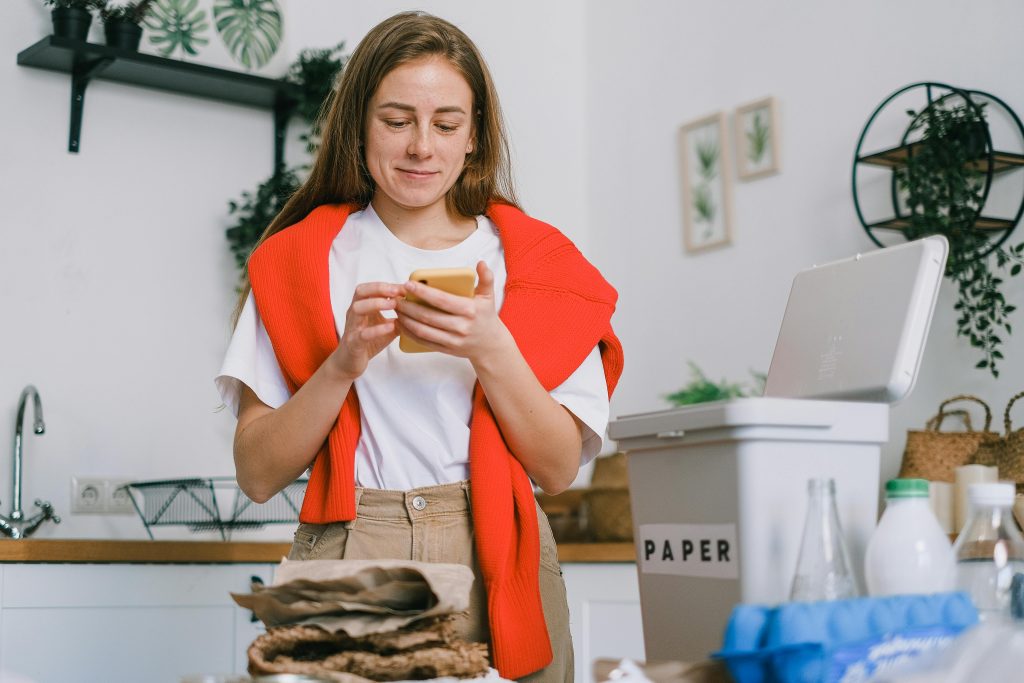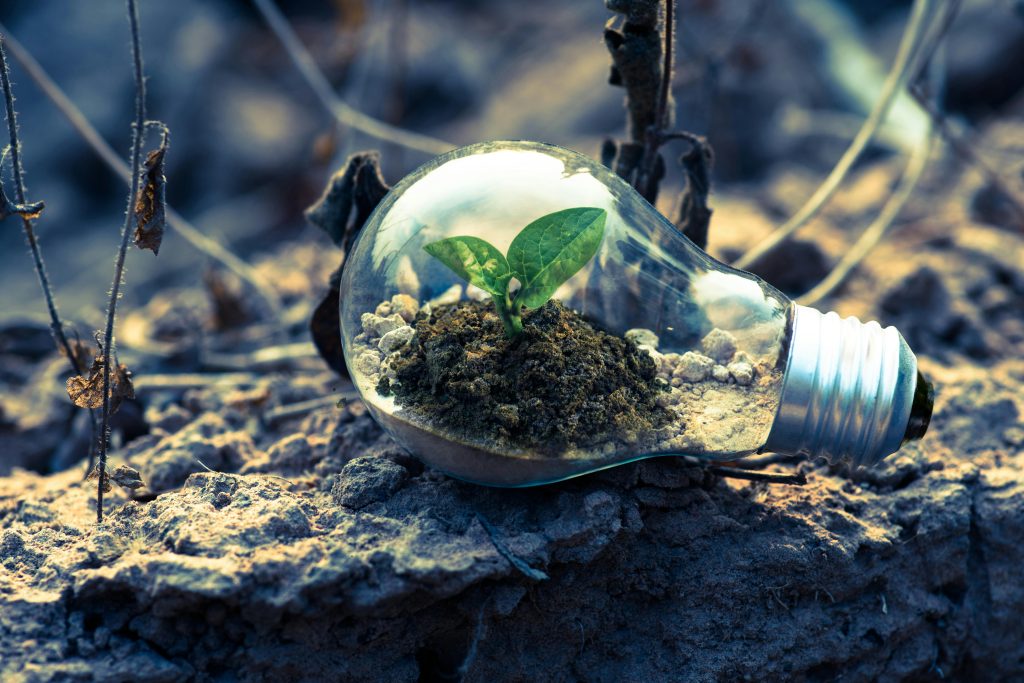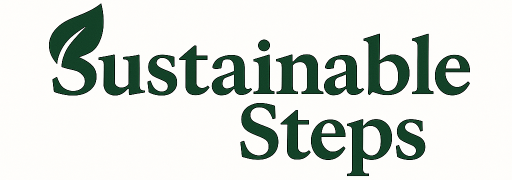Introduction
Every year, the world generates over 300 million tonnes of plastic waste, much of which comes from packaging—especially in the food and household goods we buy every week. Tackling that waste at its source means changing our shopping habits to favor reusable, refillable, and package‑free options whenever possible. While the thought of living a zero‑waste lifestyle can feel overwhelming, you don’t need to overhaul your life overnight. By adopting a handful of low‑waste shopping hacks, you can dramatically shrink your plastic footprint, save money, and encourage brands and retailers to shift toward more sustainable practices.
In this in‑depth guide, we’ll explore ten actionable strategies—complete with planning tips, product recommendations, and real‑world examples—to help you shop smarter and greener. Whether you’re a seasoned environmentalist or just starting your sustainability journey, you’ll find ideas to suit your budget, schedule, and local availability.

1. Always Carry Reusables: Bags, Sacks, and Jars
The Essentials
- Sturdy Tote Bags
Choose lightweight yet durable canvas or ripstop nylon totes that fold into tiny pouches. Brands like Baggu and ChicoBag offer ones that hold 30+ lbs yet pack down easily. - Mesh Produce Sacks
Replace single‑use produce bags with fine‑mesh cotton or polyester sacks. They let your produce breathe and you can see counts at checkout. - Reusable Jars and Containers
Bring glass or stainless‑steel jars to bulk stores for grains, nuts, and spices. Look for leak‑proof lids to avoid spills.
Real‑Life Example
Sarah, a busy working mom in Portland, keeps a set of three drawstring cotton produce bags tucked into her purse. At the farmers’ market, she fills them with berries, carrots, and lettuce—cutting her plastic bag use by over 90% in one month.
2. Embrace Bulk Bins for Pantry Staples
Why Bulk Matters
- Zero Packaging: No more cardboard boxes or plastic bags.
- Portion Control: Buy only what you need, reducing food waste.
- Cost Savings: Bulk goods often cost 5–15% less per unit than packaged equivalents.
How to Shop Bulk Successfully
- Weigh Your Containers: Many stores require you to note the “tare weight” (weight of the empty container) before filling.
- Label Clearly: Use pre‑printed bulk bin stickers to record item codes for checkout.
- Start Slow: If your local store offers just 1–2 bulk items, begin with those—rice or oats—and expand over time.
Popular Bulk Items
- Dry beans and lentils
- Rolled oats and cereals
- Nuts, seeds, and dried fruits
- Spices, flours, and grains
- Coffee beans and loose‑leaf tea
3. Opt for “Loose” Over Pre‑Packaged Produce
The Problem with Plastic on Produce
Many supermarkets wrap single apples or cucumbers in plastic film or pre‑bag salad mixes. This packaging often ends up in the trash after just a few minutes of use.
Low‑Waste Alternative
- Whole Produce: Buy loose apples, oranges, bananas, and root vegetables.
- Cut Items at Home: Pre‑cut melons or sliced peppers are convenient but come at a high packaging cost—slice them yourself in minutes.
- Farmers’ Markets: Local growers rarely over‑package; use your own bags and support the regional economy.

Tip: Choose Seasonal and Local
Seasonal produce tends to be fresher and often sold loose. In summer, buy stone fruits and zucchini; in winter, root vegetables and citrus—a win for your waste bucket and your taste buds.
4. Refill at Zero‑Waste Shops and Stationary Stations
The Rise of Refillery Stores
Dedicated zero‑waste shops let you refill personal containers with cleaning products, shampoo, balsamic vinegar, and even kombucha.
Benefits
- Eliminate Plastic Bottles: One reusable dispenser can replace dozens of one‑time bottles.
- Try as You Go: Refill exactly the amount you need, reducing leftover half‑used bottles.
- Community Building: Many refilleries host workshops on soap‑making and natural beauty product crafting.
Roll‑Your‑Own at Home
If you don’t have a local refillery, consider buying bulk concentrate cleaning pods (e.g., Blueland) or making simple cleaners from vinegar, baking soda, and essential oils in your own jars.
5. Give “Imperfect” and Ugly Produce a Chance
The Ugly Produce Movement
Roughly 20–40% of produce is discarded by farmers for aesthetic reasons despite being perfectly edible.
How to Buy
- Look for “seconds” bins or “ugly” produce at your grocery or farmers’ market.
- Ask produce managers if they have unadvertised bulk offerings of misshapen fruits and vegetables.
Impact
Reducing food waste at the farm level not only saves money—ugly carrots often sell at a discount—but also eases pressure on landfills and reduces methane emissions.
6. Plan, Shop Smart, and Avoid Impulse Buys
Meal‑Planning Essentials
- Weekly Menu: Outline breakfasts, lunches, dinners, and snacks for the week.
- Inventory Check: Use food you already have before adding to your list.
- Leftover Days: Schedule a “use‑it‑up” meal night.
The Shopping List Discipline
- Stick to the List: Leave gadgets and non‑essentials at home.
- Set a Budget: An allocated budget reduces impulse purchases of individually wrapped snacks.
- Shop After Eating: Running errands on an empty stomach leads to unhealthy, packaged treats.

Planning rewards you with both lower waste and lower grocery bills.
7. Make Your Own Pantry Staples
Kitchen DIYs
- Nut Milks: Blend soaked nuts with water, strain through a nut‑milk bag.
- Granolas and Energy Bars: Customize mixtures of oats, nuts, seeds, dried fruit, and binders.
- Salad Dressings and Sauces: Whisk oils, vinegars, herbs, and spices in mason jars.
Benefits
- Custom Flavors: Control sugar, salt, and oil content.
- Zero Packaging: Store in glass or stainless‑steel containers for weeks.
- Cost‑Effective: Cheaper per serving than branded alternatives.
8. Support Brands with Sustainable Packaging Initiatives
What to Look For
- Refill Programs: Companies like The Body Shop, Method, and Grove Collaborative offer refill pouches or bring‑back schemes.
- Compostable Materials: Look for products packaged in certified compostable films or paper.
- Take‑Back Services: Some brands accept empty containers for recycling or reuse (e.g., Lush Cosmetics).
How to Research
- Certifications: FSC for paper, Cradle to Cradle, or B Corporation status.
- Plastic Neutral/POSITIVELY: Brands that offset plastic use by funding collection of equal amounts of ocean‑bound plastic.
Voting with your dollar accelerates the shift toward better packaging at scale.
9. Leverage Technology: Apps and Online Resources
Handy Apps
- Olio: Connects neighbors to share surplus food and items for free.
- Too Good To Go: Lets you buy unsold restaurant and bakery items at deep discounts, reducing food waste.
- Refill App: Maps water refill stations so you can skip bottled water.
Online Directories
- Zero Waste Map: Crowd‑sourced listings of package‑free stores worldwide.
- Plastic Free: Guides to plastic‑free shopping across categories.
These tools turn low‑waste living into a community activity rather than a solitary challenge.
10. Compost What Cannot Be Recycled
Kitchen Composting
- Countertop Bins: Keep a small, odor‑sealed container for peelings, coffee grounds, and eggshells.
- Bokashi or Vermiculture: For apartments without backyard space, bokashi bins or worm‑composting kits handle most kitchen scraps indoors.

Local Compost Programs
- Many municipalities now offer curbside compost pickup.
- Community gardens often accept contributions in exchange for fresh produce.
Composting diverts significant organic waste from landfills, reducing greenhouse gas emissions and returning nutrients to the soil.
Conclusion
Reducing waste at the grocery store and beyond doesn’t require perfection—just consistent, mindful choices. By arming yourself with reusable gear, embracing bulk and refill options, supporting sustainable brands, and staying organized with meal planning and apps, you can cut through the maze of single‑use packaging. Start by adopting one or two hacks this week—bring your own bags, shop loose produce, or try a bulk bin refill—and build from there. Over time, these small actions add up to big environmental wins and encourage retailers and manufacturers to rethink their packaging strategies.
Your wallet will thank you, your landfill contributions will shrink, and you’ll send a clear signal: waste‑free living is not only possible, it’s the future of responsible consumption.
